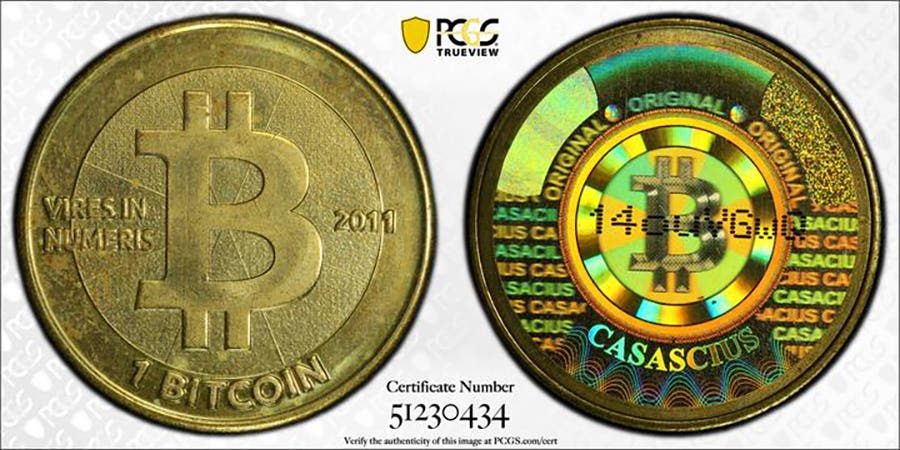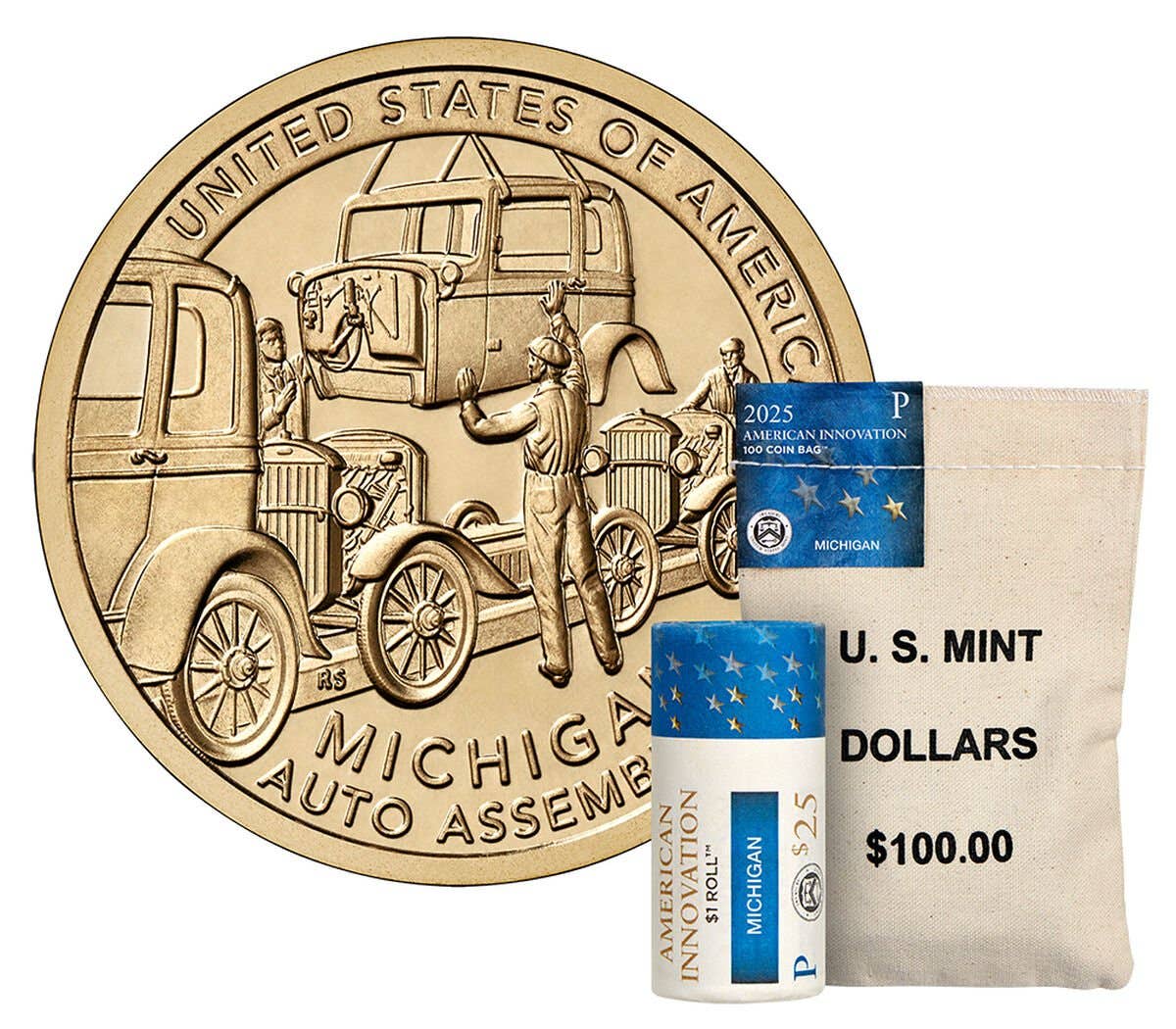Why Basel 3 Accords May Not Boost Gold, Silver Prices
In last week’s column, I laid out the prospect that new banking regulations called the Basel 3 Accords may pretty much make it impossible for major banks to continue trading…
In last week’s column, I laid out the prospect that new banking regulations called the Basel 3 Accords may pretty much make it impossible for major banks to continue trading massive volumes of unallocated precious metals. These new standards kick in for 10 non-British European banks that are members of the London Bullion Market Association at the end of June this year.
Widespread reduction or elimination of bank trading in precious metals stored in unallocated accounts would severely cripple the ability to suppress precious metals prices, especially for gold and silver.
As I stated in the last column, the U.S. government is the largest beneficiary of lower gold and silver prices. Therefore, it has a huge incentive to find a way to continue to manipulate precious metals prices, despite possibly losing the major strategy it has used thus far to do so.
In a Federal Reserve Bank document from April 5, 1961, an unidentified senior Fed official explained that U.S. foreign exchange and gold trading operations would not have their desired impact at manipulating markets unless the information on such trading was secret. To keep such activity secret, the government could use various tactics. First, it could delay the release of information. Second, it could disguise trading activity by combining it in reports with other financial activities. Even scarier, though, this document hinted that the government might also just not report some activities.
A 1999 International Monetary Fund (IMF) paper confirmed that official interventions in financial markets would have the greatest impact only if investors and the general public were not aware of such manipulation.
Therefore, in the absence of massive trading in unallocated gold, how else could the U.S. government still hold down gold and silver prices after the new Basel 3 bank regulations take effect?
It turns out that the federal government has multiple tactics to do so.
First, the Secretary of the Treasury could use the billions of dollars of assets of the Exchange Stabilization Fund, created as a provision of the Gold Reserve Act on January 31, 1934. This law explicitly authorizes the government to use its assets to secretly manipulate the price of gold.
It could persuade other central banks to liquidate some gold reserves, to help private banks build up their required reserves to meet Basel 3 reserve requirements. The Bank of England sold half of its reserves from 1999 to 2001 to temporarily hold down prices.
Central banks could also increase their gold leasing and swaps activity, especially if they could avoid reporting such activity or fraudulently refuse to disclose it. In years past, the IMF required that both a central bank that had custody of leased gold and a central bank that had leased out the gold would issue reports that this leased gold was part of their official reserves. Several years ago, the IMF changed this requirement to allow (but still not require) that only the central bank that had title to the physical gold would report it as part of their reserves.
The Bank for International Settlements could also expand its gold swap operations to make it appear that private banks held more gold reserve assets than they actually did.
Finally, the federal government could also simply engage in secret behind-the-scenes trading to defraud investors and the American people as to the amount of bank reserves. This would not be the first time it has hidden its financial activities. A major recent example is the Federal Reserve Bank program initiated in September 2019 to inject liquidity into the overnight bank loan system in amounts now totaling more than $6 trillion. The Fed has refused, as required under the 2010 Dodd-Frank Act, to inform Congress of the identity of which banks received these loans, much less how much.
On the surface, it may seem that the provisions of the Basel 3 Accords may collapse the market for trading unallocated previous metals, with the result of pushing up gold and silver prices. But, in practice, the U.S. government could arrange to delay or reduce gold and silver price increases when the Basel 3 bank regulations take effect. However this works out, I still anticipate much higher gold and silver prices in the next six months to two years.
Patrick A. Heller was honored as a 2019 FUN Numismatic Ambassador. He is also the recipient of the American Numismatic Association 2018 Glenn Smedley Memorial Service Award, 2017 Exemplary Service Award, 2012 Harry Forman National Dealer of the Year Award and 2008 Presidential Award. Over the years, he has also been honored by the Numismatic Literary Guild (including twice in 2020), Professional Numismatists Guild, Industry Council for Tangible Assets and the Michigan State Numismatic Society. He is the communications officer of Liberty Coin Service in Lansing, Mich., and writes Liberty’s Outlook, a monthly newsletter on rare coins and precious metals subjects. Past newsletter issues can be viewed at www.libertycoinservice.com. Some of his radio commentaries titled “Things You ‘Know’ That Just Aren’t So, And Important News You Need To Know” can be heard at 8:45 a.m. Wednesday and Friday mornings on 1320-AM WILS in Lansing (which streams live and becomes part of the audio archives posted at www.1320wils.com).








